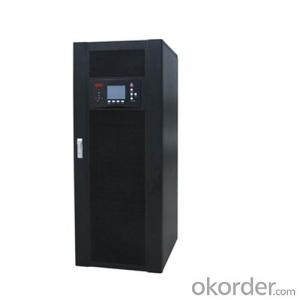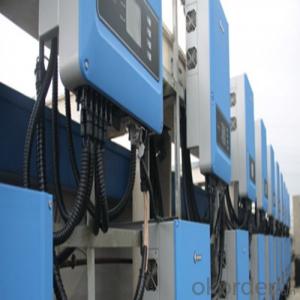Approved Solar Power Inverter 3000w 24V Pure Sine Wave
- Loading Port:
- Shanghai
- Payment Terms:
- TT OR LC
- Min Order Qty:
- 2 pc
- Supply Capability:
- 3000 pc/month
OKorder Service Pledge
OKorder Financial Service
You Might Also Like
Performance Characteristics
· 1. Suitable for all electrical equipments
· 2. Large LCD display for more detailed content
· 3. CPU controlled; fast transfer time
· 4. Intelligent battery management, prolonging the service life of the battery
· 5. Complete protection function, high reliability
· 6. Can provide high current charge
· 7. Can match different types of batteries
· 8. Disassembled LCD box which can make the operation in a distance of 15 meters
Product introduction
EP series is sine wave low frequency inverter, which is specifically designed for home appliances. It is equipped with a big LCD screen so all information is displayed in detail, which makes it more convenient to use. Charging current of the inverter is adjustable from 5A to 45A and you can also select different charging voltage to charge different types of batteries so batteries are under great protection.
Our Service
Samples
Samples are Available for Testing and Market Test.
Warranty
We provides warranty against defects in materials and workmanship for its Uninterruptible power supply, Power inverter/chargers including inverter12v 24v 48V, Solar charge controllers (“Product”).
OEM Service
OEM service is strictly based on the ISO9001 ISO14001 quality assurance system. The TOP involves the effective teamwork of departments from Sales, R&D, and Engineering, purchasing, production & QA, assuring a high quality product and prompt delivery for customers. The standardization of our quality system and the quality stability has earned us the trust of our customers for 12 years.
We have 10 sets of automatic insertion equipments, ICT PCB testing equipments, ATE automatic testing center and aging workshop for all products. Monthly output of UPS series exceeds 200,000. We have been offering OEM service for over 12 years.
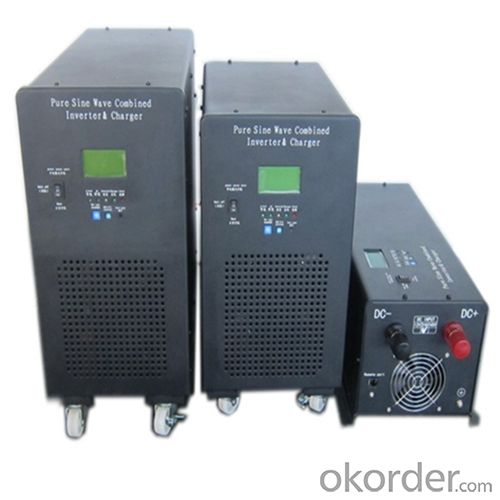
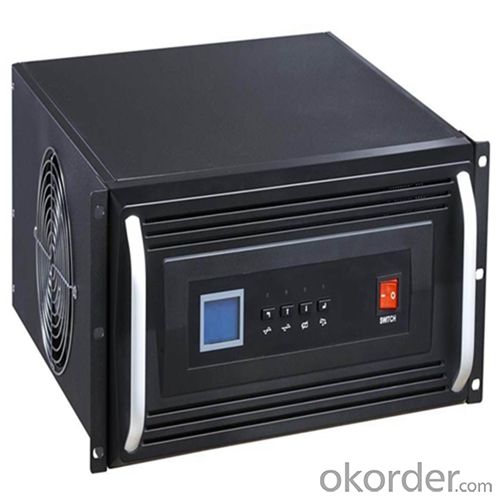
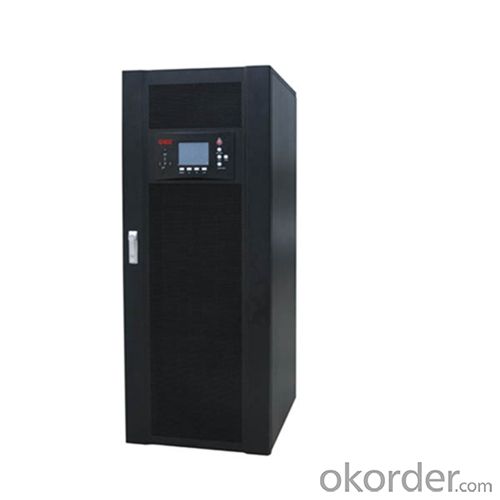
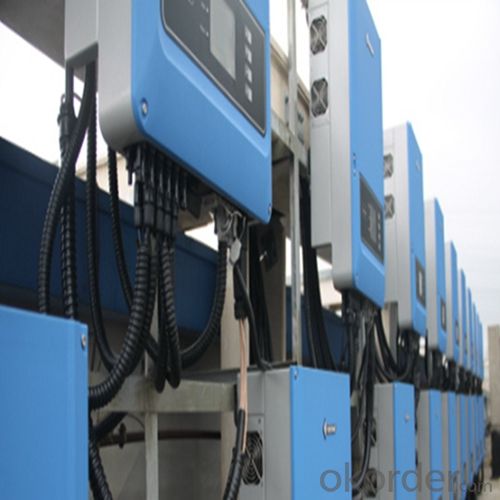
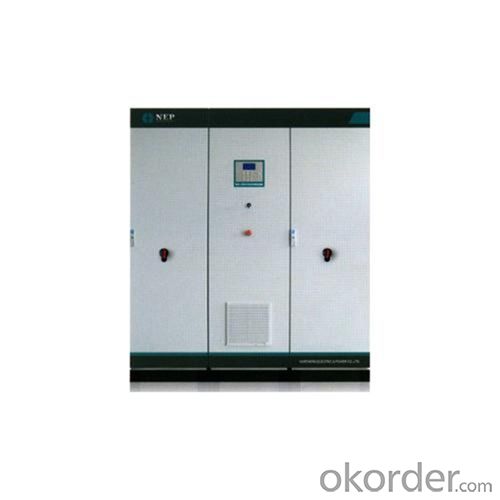
Specifications
Input | |
Input Voltage Range | 182-265VAC |
Output | |
Input Voltage Range | Batt.Mode:50±0.3Hz Mode:48-54Hz(50Hz) or 58-64Hz,Same as AC |
Output Wave Form | Sine Wave (Batt,mode) |
Transfer Time | 10ms(Typical) |
FAQ:
Q: Do you have the CE, TUV, UL Certification?
A: We’ve already passed all the tests, and any certificate is available.
Q: Have you ever sold your products to companies in my country?
A: Of course, we have customers in all general PV markets, but I think we should expand our market share along with the market growth.
Q: When did your company set up? You are a new company, how can I believe your quality?
A: We entered into Solar PV industry in 2005, now we have several plants in manufacturing of a-Si and c-Si panels, and our capacity is 220MW per year. Till now we have already passed all the tests by authorized laboratories, e.g. TUV, CE, UL.
Q: Can you help us install the module if we cooperate with you?
A: We haven’t entered into installation sector, but we have the plan in near future.
Q: How do you pack your products?
A: We have rich experience on how to pack the panels to make sure the safety on shipment when it arrives at the destination.
Q: Can you do OEM for us?
A: Yes, we can.
Q: Can we visit your factory?
A: Surely, I will arrange the trip basing on your business schedule.
- Q:How does a solar inverter handle power quality issues in the grid?
- A solar inverter handles power quality issues in the grid by continuously monitoring the electricity it receives from the grid. If it detects any power quality issues such as voltage fluctuations, harmonics, or frequency variations, it employs various techniques to mitigate these issues. These techniques include voltage regulation, reactive power compensation, filtering, and synchronization with the grid. By actively managing these power quality issues, a solar inverter ensures that the electricity it feeds into the grid is of high quality and complies with the grid's standards and requirements.
- Q:Can a solar inverter be used with energy storage systems?
- Yes, a solar inverter can be used with energy storage systems. In fact, it is a crucial component in connecting solar panels with energy storage batteries. The solar inverter converts the direct current (DC) electricity generated by the solar panels into alternating current (AC) electricity, which can be used to power appliances and charge the energy storage system. Additionally, the inverter also manages the flow of electricity between the solar panels, energy storage system, and the grid, ensuring efficient and reliable power supply.
- Q:Can a solar inverter be used for commercial applications?
- Yes, a solar inverter can definitely be used for commercial applications. In fact, solar inverters are commonly utilized in commercial settings to convert the direct current (DC) electricity generated by solar panels into usable alternating current (AC) electricity that can power various commercial appliances and equipment.
- Q:Can a solar inverter be used with a solar-powered greenhouse system?
- Yes, a solar inverter can be used with a solar-powered greenhouse system. A solar inverter is necessary to convert the direct current (DC) electricity generated by the solar panels into alternating current (AC) electricity that can be used to power the various components of a greenhouse system, such as fans, lighting, and irrigation systems.
- Q:What is the role of a cooling system in a solar inverter?
- The role of a cooling system in a solar inverter is to regulate and maintain the operating temperature of the inverter's internal components. This is crucial as solar inverters generate heat during the conversion of DC power from solar panels into AC power for use in homes or businesses. The cooling system helps dissipate this heat, preventing overheating and ensuring the inverter operates efficiently and reliably.
- Q:What is the role of a solar inverter in power factor correction?
- The role of a solar inverter in power factor correction is to adjust the power factor of the solar power system to ensure efficient energy conversion. It helps in balancing the reactive power and real power, leading to improved overall power quality and reduced system losses.
- Q:What is the maximum number of solar panels that can be connected to a single inverter?
- The maximum number of solar panels that can be connected to a single inverter depends on the inverter's capacity and the specifications provided by the manufacturer. It can vary widely based on factors such as the wattage rating of the inverter, the voltage and current output of the solar panels, and the electrical compatibility between them. It is important to consult the manufacturer's guidelines or seek professional advice to determine the appropriate number of panels for a specific inverter.
- Q:What are the installation requirements for a solar inverter?
- The installation requirements for a solar inverter typically include a stable mounting surface, proper ventilation and clearance space, a compatible electrical connection, and compliance with local building codes and regulations. Additionally, the solar inverter should be installed in a location that receives adequate sunlight for efficient operation.
- Q:How do you calculate the maximum power point tracking efficiency for a solar inverter?
- To calculate the maximum power point tracking (MPPT) efficiency for a solar inverter, you need to compare the actual power output of the inverter with the maximum power point (MPP) of the solar panel. It can be calculated by dividing the actual power output by the MPP power and then multiplying the result by 100 to get the efficiency in percentage. The formula is: MPPT efficiency = (Actual Power Output / MPP Power) * 100.
- Q:How does the input frequency range affect the performance of a solar inverter?
- The input frequency range of a solar inverter directly affects its performance. A wider input frequency range allows the inverter to accommodate a broader range of input frequencies from the solar panels. This flexibility ensures optimal energy conversion and efficiency, regardless of fluctuations in the grid frequency or varying solar conditions. Conversely, a limited input frequency range may result in reduced performance, as the inverter may struggle to convert the solar panel's output effectively, leading to lower efficiency and potential issues with power output. Therefore, a wider input frequency range positively impacts the overall performance and adaptability of a solar inverter.
1. Manufacturer Overview |
|
|---|---|
| Location | |
| Year Established | |
| Annual Output Value | |
| Main Markets | |
| Company Certifications | |
2. Manufacturer Certificates |
|
|---|---|
| a) Certification Name | |
| Range | |
| Reference | |
| Validity Period | |
3. Manufacturer Capability |
|
|---|---|
| a)Trade Capacity | |
| Nearest Port | |
| Export Percentage | |
| No.of Employees in Trade Department | |
| Language Spoken: | |
| b)Factory Information | |
| Factory Size: | |
| No. of Production Lines | |
| Contract Manufacturing | |
| Product Price Range | |
Send your message to us
Approved Solar Power Inverter 3000w 24V Pure Sine Wave
- Loading Port:
- Shanghai
- Payment Terms:
- TT OR LC
- Min Order Qty:
- 2 pc
- Supply Capability:
- 3000 pc/month
OKorder Service Pledge
OKorder Financial Service
Similar products
New products
Hot products
Hot Searches
Related keywords



